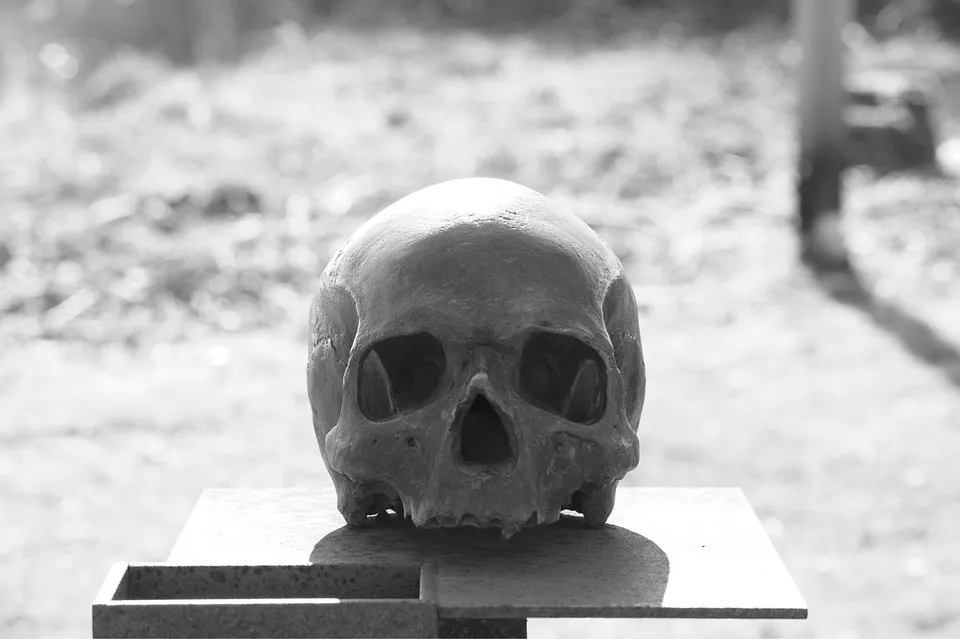
Death, the eternal enemy of humanity. During the past decades, scientists had been able to eliminate many causes of death. Diseases were cured or even prevented from breaking out in the first place. The health of the general population went up and people reached older and older ages. But at one point, everybody was taken by death. If it was not sickness or an accident, it was age. Pure and simple age.
Until the day Dr. Luisa Moore made the discovery that changed everything.
Different ways of stopping death had been researched, but none had brought the final success. Aging was a complex process and many, many things happened during it. Just stopping one harmful process wasn’t enough to save the organism.
Because of this, Dr. Moore had decided to use several methods at once.
With progressing age, the number of mitochondria present in the body’s cells decreases. The mitochondria that remain usually get more and more damaged by oxidative stress, which is a result of the chemical processes that happen in those tiny organelles.
Anti-oxidants had been known for a while, but their effects on aging had been rather limited. Furthermore, the oxidative stress had been debated because it hadn’t been as sure anymore if it did really contribute so much to the aging process. Nevertheless, Dr. Moore had studied the naked mole rat and had optimized its capability to deal with oxidative stress for humans.
The next step had been a bit more difficult. Most of the damage that cells received was caused by mutations of the DNA, which could happen because of a variety of reasons. The Doctor had introduced an enzyme, which was able to repair the telomeres, long pieces of DNA which don’t code for genes but protected the DNA from eroding over time. A shortening of those telomeres had long been associated with DNA damage.
But the actual masterpiece had been introduced last.
In the human genome, there are some segments which are able to “jump” inside the DNA and thus disrupt important genes. The frequency of that increases with age – except in non-aging cells. Those had a mechanism to stop those jumping genes from jumping.
And Dr. Moore had found a way to activate this mechanism.
The scientific community had been overwhelmed when Dr. Moore had presented her findings. They double checked her results and couldn’t find anything wrong, so they approved the method for testing on humans.
That decision had been made ten years ago and Dr. Moore’s “Drug for Immortality” was finally released to the market, although to an incredibly high price. Only the richest of the rich could afford it.
Luisa smiled, as she watched the first TV news talking about the new drug. Every day, there were more reports informing the world which celebrity had started getting themselves prescriptions. Not many could buy it. Those who didn’t need to worry about the price weren’t on the news.
Yet.
But they were, half a year later, when they started to drop like flies.
One billionaire after another died. But not of age or an accident. Every single person who took the wondrous drug developed cancerous tumors that were so aggressive that there was no way of stopping them.
Enormous amounts of money were poured in cancer research, as the richest people on the planet started to experience real fear for their life. Dr. Luisa Moore had vanished in the meanwhile. Nobody was able to find her and ask her what she had done and how she had been able to hide this during the clinical trials.
On a sunny island somewhere in the Pacific Ocean, Lea Monroe enjoyed her life, knowing that the economy, the social structure of the world and thus humanity were about to change.
For the better, if you asked her.
Sources:
Conserved and species-specific molecular denominators in mammalian skeletal muscle aging
The Piwi-piRNA pathway: road to immortality (very recent paper)
Control of Cellular Aging, Tissue Function, and Cancer by p53 Downstream of Telomeres
The Naked Mole-Rat Response to Oxidative Stress: Just Deal with It
Got a scientific topic which you want to see as a story? Leave me a comment!
Check out @steemstem and the #steemSTEM channel in steemit.chat to support scientists on steemit!
Picture taken from pixabay.com